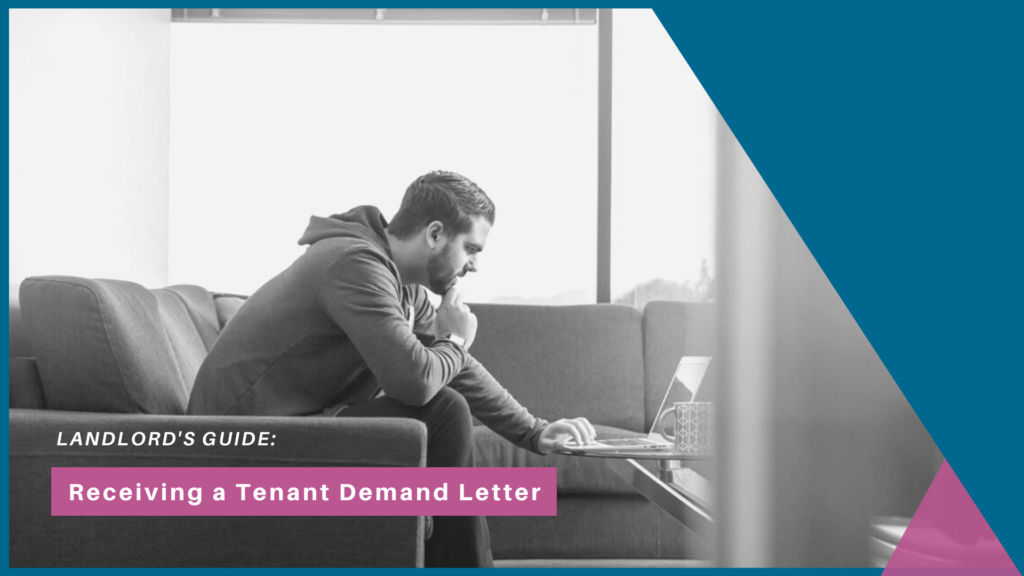
As a landlord, it is your responsibility to ensure that everything is in perfect condition when the tenant moves in and things continue to be that way even after months or years. Usually, when something comes up which requires your intervention, your tenant will contact you via phone or email.
However, in an extreme case, where things are more serious than anticipated, your tenant may send you a demand letter.
A demand letter is an official document that is sent either by a tenant to a landlord as a means of conveying an important set of demands.
As a property owner in San Mateo County, here are a few key things you should know while addressing a demand letter.
1. Read the letter thoroughly
When you receive a demand letter, go through it in detail. Usually, a demand letter is 1-4 pages long and has the subject stated very clearly at the very beginning, addressing the purpose of the letter.
A demand letter is an official document and will be delivered to you via email or postal services. Both these options provide proof to the tenant that you have indeed received their Demand Letter on a specific date. This is important to acknowledge because the letter comes with a deadline (for example 30 days) that you need to respect.
2. Document all the paperwork
The second thing to do is to create a folder to store all the relevant documents, proofs of the mentioned issue, and any conversation that took place regarding it. This folder will be useful in the future, if the problem escalates further.
3. Do not hand over any evidence
As a landlord, you are not obligated to hand over documents or evidence to the demands of your tenant. What you are legally expected to produce is a copy of the lease agreement. Keep all original property-related documents with yourself.
4. Consult a professional
When you receive a Demand Letter, contact your property manager or your attorney and inform them about the situation. Take their advice as to how you should proceed, including sending a reply to the tenant. Drafting a professional reply is very important to avoid future hassles.
If the situation escalates, the demand letter and your reply will be viewed by the court. Ill remarks, threats, or personal attacks in your reply will reflect poorly on you. These professionals will help you draft a professional response to the demand letter, keeping you out of unnecessary trouble.
5. Settle the dispute
If the matter reaches the court, know that the court views a demand letter as a source of settlement between the tenant and the landlord.
Often, the simplest way to resolve a dispute is to talk to your tenant and find out why they had to resort to taking such a drastic step. If the tenant has a valid concern you can agree to solving their problem and set a deadline that is amenable to both parties.
If both the parties can clear things with the help of a demand letter at their own level, there is no need to file a lawsuit and go through the entire legal process. This saves everybody’s time, including that of the court.
Make sure that you sign a release of liability when you resolve your tenant’s issue, either by directly fixing it or by providing monetary compensation to your tenant.
In case you ever get a tenant demand letter, it is important to handle the situation in a calm and professional manner. Your property manager can help you figure out the best way to address the situation while ensuring your and your San Mateo property’s best interests.
Bayside Management is a renowned property management company in San Mateo that helps you handle your San Mateo rental with ease and efficiency.
 Founded in 1982 in Marin County, Bayside Management has expanded to offer full-service San Mateo property management to the entire San Francisco Peninsula. We manage single-family properties, multi-unit complexes, commercial properties, and homeowner associations. Contact us for any San Mateo property management needs.
Founded in 1982 in Marin County, Bayside Management has expanded to offer full-service San Mateo property management to the entire San Francisco Peninsula. We manage single-family properties, multi-unit complexes, commercial properties, and homeowner associations. Contact us for any San Mateo property management needs.
 Peter Boda
Peter Boda Jeff Hacker
Jeff Hacker Dylan Motchar
Dylan Motchar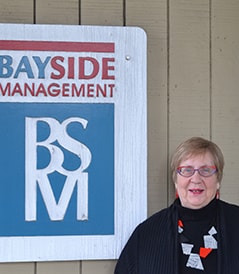 Barbara Boyd
Barbara Boyd Joanelle Russell
Joanelle Russell Mary Wiegmann
Mary Wiegmann Joseph DeNoia
Joseph DeNoia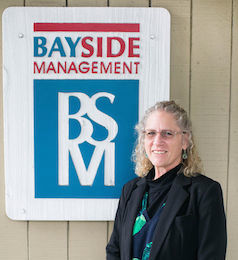 Beth Nagy
Beth Nagy Jasmin Peraza
Jasmin Peraza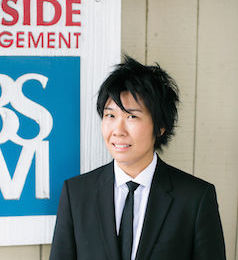 Carmin Wong
Carmin Wong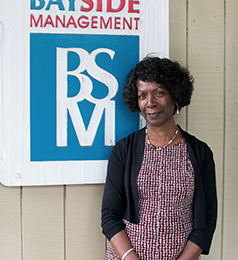 Pauline Smith
Pauline Smith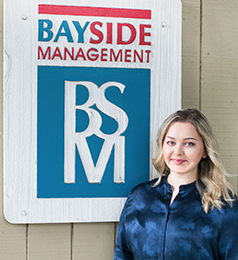 Victoria Taylor
Victoria Taylor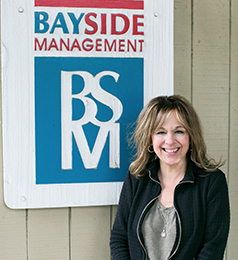 Yvette Perreca
Yvette Perreca Elizabeth Valladares
Elizabeth Valladares Anthony Thompson
Anthony Thompson Drew Reischl
Drew Reischl Nick Lange
Nick Lange Collette Counter
Collette Counter Justin Barton
Justin Barton